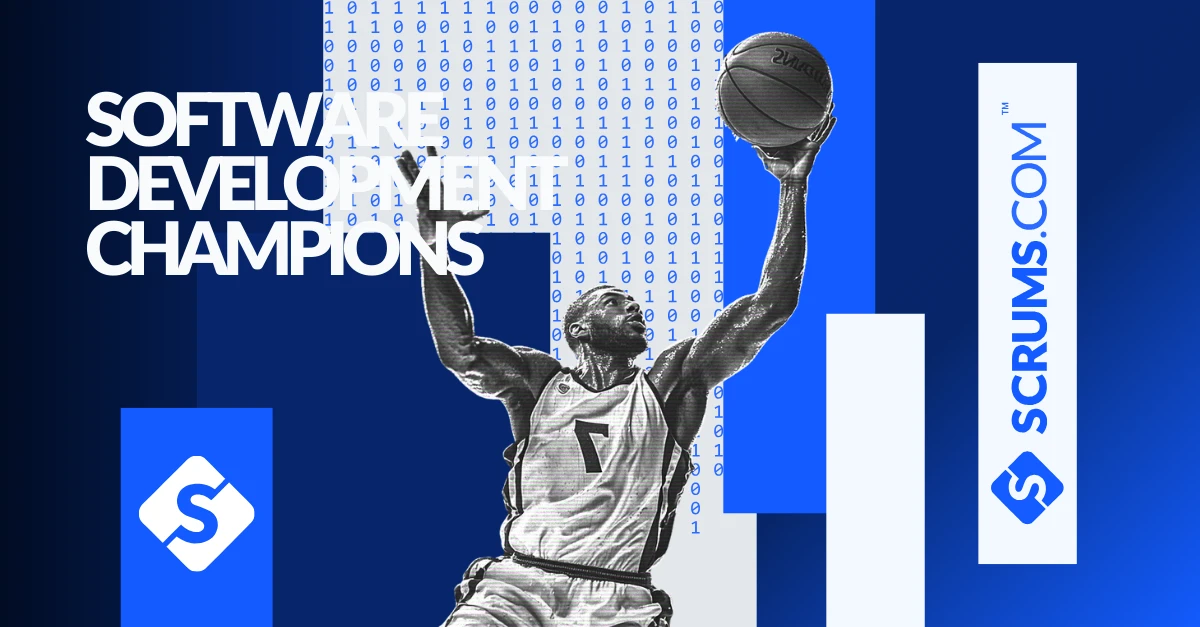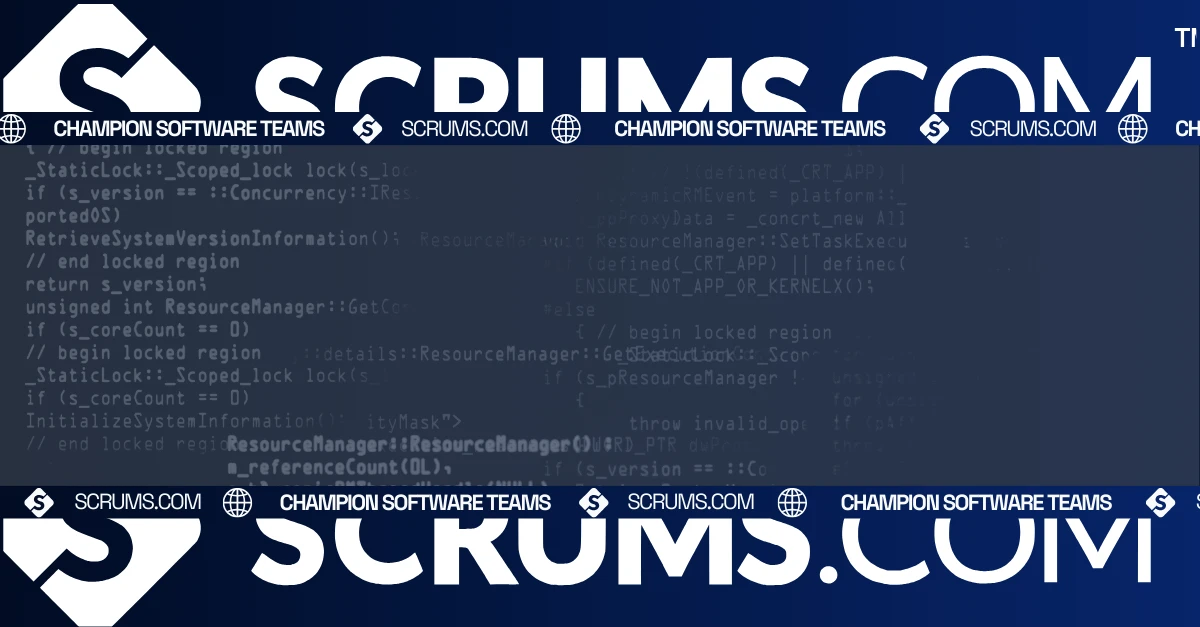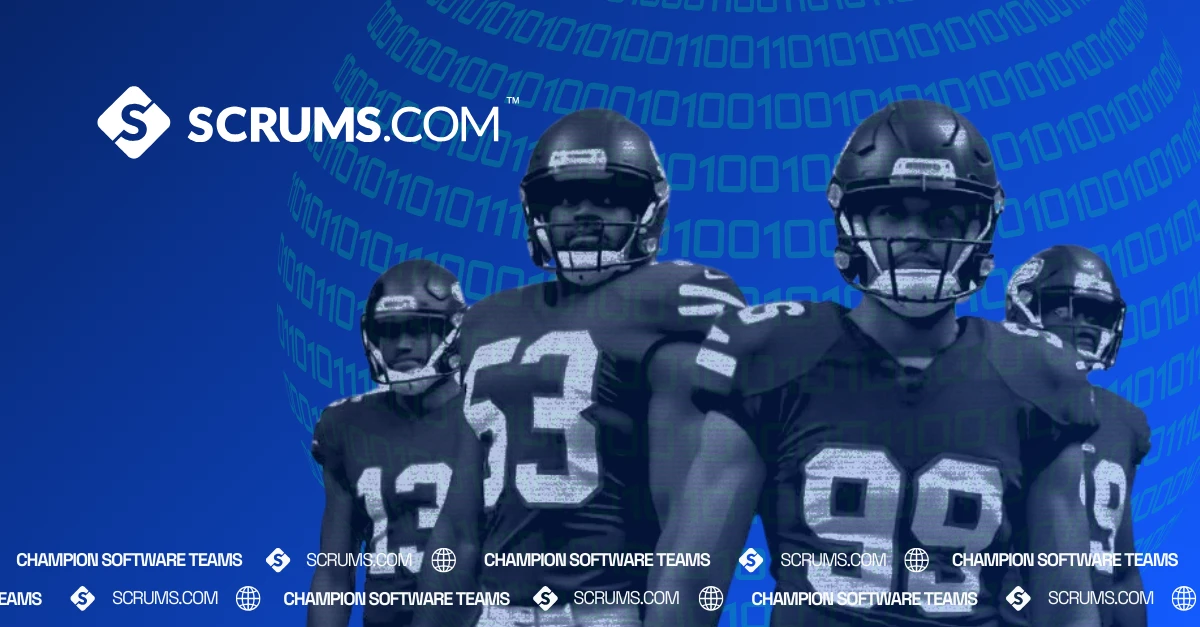SaaS (Software as a Service): A Tech Term Explained
About SaaS
Software as a Service (SaaS) is a cloud computing model where software applications are delivered over the internet as a service. Instead of purchasing and installing software on individual devices, users access and use applications via a web browser. SaaS is a key component of modern software development services, offering flexible, scalable, and cost-effective solutions for deploying and managing software.
How SaaS Works
SaaS operates by hosting applications on a remote cloud server, which users access via the internet. This model supports software development services by:
- Cloud-Based Delivery: SaaS applications are hosted on remote servers and accessed through the internet. Users log in to their accounts via a web browser, eliminating the need for local installation.
- Subscription Model: SaaS is typically offered on a subscription basis, with users paying for access on a monthly or annual basis. This model often includes various tiers based on features and usage.
- Automatic Updates: SaaS providers handle all software updates and maintenance, ensuring users always have access to the latest features and security patches without manual intervention.
- Scalability: SaaS applications can easily scale to accommodate growing user needs, allowing businesses to add or remove users and adjust service levels as required.
Benefits of Software as a Service
- Cost Efficiency: SaaS eliminates the need for upfront software purchases and reduces costs related to hardware, maintenance, and IT support. Subscription fees often include all necessary updates and support.
- Accessibility: Users can access SaaS applications from any device with an internet connection, enabling remote work and flexible access across different locations.
- Automatic Updates: Regular updates and patches are handled by the SaaS provider, ensuring users benefit from the latest features and security improvements without manual upgrades.
- Scalability: SaaS platforms can easily scale to meet changing business needs, allowing organizations to adjust their service levels and user count as required.
- Reduced IT Burden: The responsibility for managing and maintaining software infrastructure falls on the SaaS provider, reducing the workload for internal IT teams.
Challenges
- Data Security: Since SaaS applications are hosted on external servers, data security and privacy are critical concerns. Organizations must ensure that their SaaS providers comply with security standards and regulations.
- Limited Customization: SaaS applications are designed to serve a broad audience, which may limit customization options for specific business needs or workflows.
- Dependence on Internet Connectivity: Access to SaaS applications relies on a stable internet connection. Connectivity issues can impact productivity and access to critical software.
- Vendor Lock-In: Switching SaaS providers can be challenging due to data migration complexities and potential compatibility issues, leading to vendor lock-in concerns.
- Compliance: Adhering to industry-specific regulations and data protection laws can be complex, requiring careful evaluation of the SaaS provider's compliance measures.
Examples of Popular SaaS Platforms
- Salesforce: A leading CRM platform offering a range of sales, marketing, and customer service solutions.
- Microsoft 365: A suite of productivity tools, including Word, Excel, and Outlook, accessible via subscription and cloud-based collaboration.
- Slack: A communication and collaboration platform that facilitates team messaging, file sharing, and integration with other tools.
- Zoom: A video conferencing solution that provides virtual meeting capabilities, webinars, and collaboration features.
- Dropbox: A cloud storage service that offers file synchronization, sharing, and collaboration tools.
Trends in the SaaS Industry
- Artificial Intelligence Integration: SaaS platforms increasingly incorporate AI technologies for enhanced analytics, automation, and personalized user experiences.
- Hybrid and Multi-Cloud Strategies: Organizations are adopting hybrid and multi-cloud approaches to leverage multiple cloud environments and ensure flexibility and redundancy.
- Vertical SaaS Solutions: Industry-specific SaaS solutions are gaining popularity, providing tailored features and functionality for niche markets and specialized needs.
- Increased Focus on Security: With growing concerns about data breaches and compliance, SaaS providers are investing in advanced security measures and compliance certifications.
- API-First Development: SaaS platforms are increasingly offering robust APIs to enable seamless integration with other applications and enhance customization and functionality.
Related Key Terms
- Subscription Model: A pricing structure where users pay regularly for access to software, often on a monthly or annual basis.
- Cloud Computing: The delivery of computing services over the internet, including storage, processing power, and software applications.
- Multi-Tenancy: A software architecture where a single instance of an application serves multiple customers, with each tenant's data and configurations kept separate.
- Service-Level Agreement (SLA): A contract between the SaaS provider and the customer outlining the expected service levels, including uptime, performance, and support.
Common FAQs Around this Tech Term
SaaS (Software as a Service) is a cloud computing model where software applications are delivered over the internet on a subscription basis, eliminating the need for local installation and maintenance.
Key benefits include cost efficiency, accessibility from any device, automatic updates, scalability, and reduced IT burden.
Challenges include data security concerns, limited customization, dependence on internet connectivity, vendor lock-in, and compliance with regulations.
While SaaS applications offer standard features and functionality, customization options may be limited compared to on-premises software. Some platforms offer configurable settings or integrations to address specific needs.
SaaS providers implement various security measures, including encryption, access controls, and regular security audits. Organizations need to review the provider's security practices and compliance certifications.
Explore Software Development Blogs
The most recent trends and insights to expand your software development knowledge.






